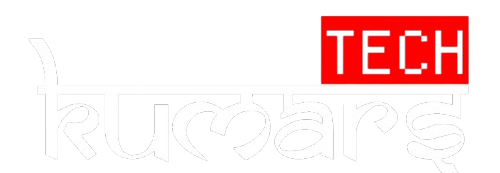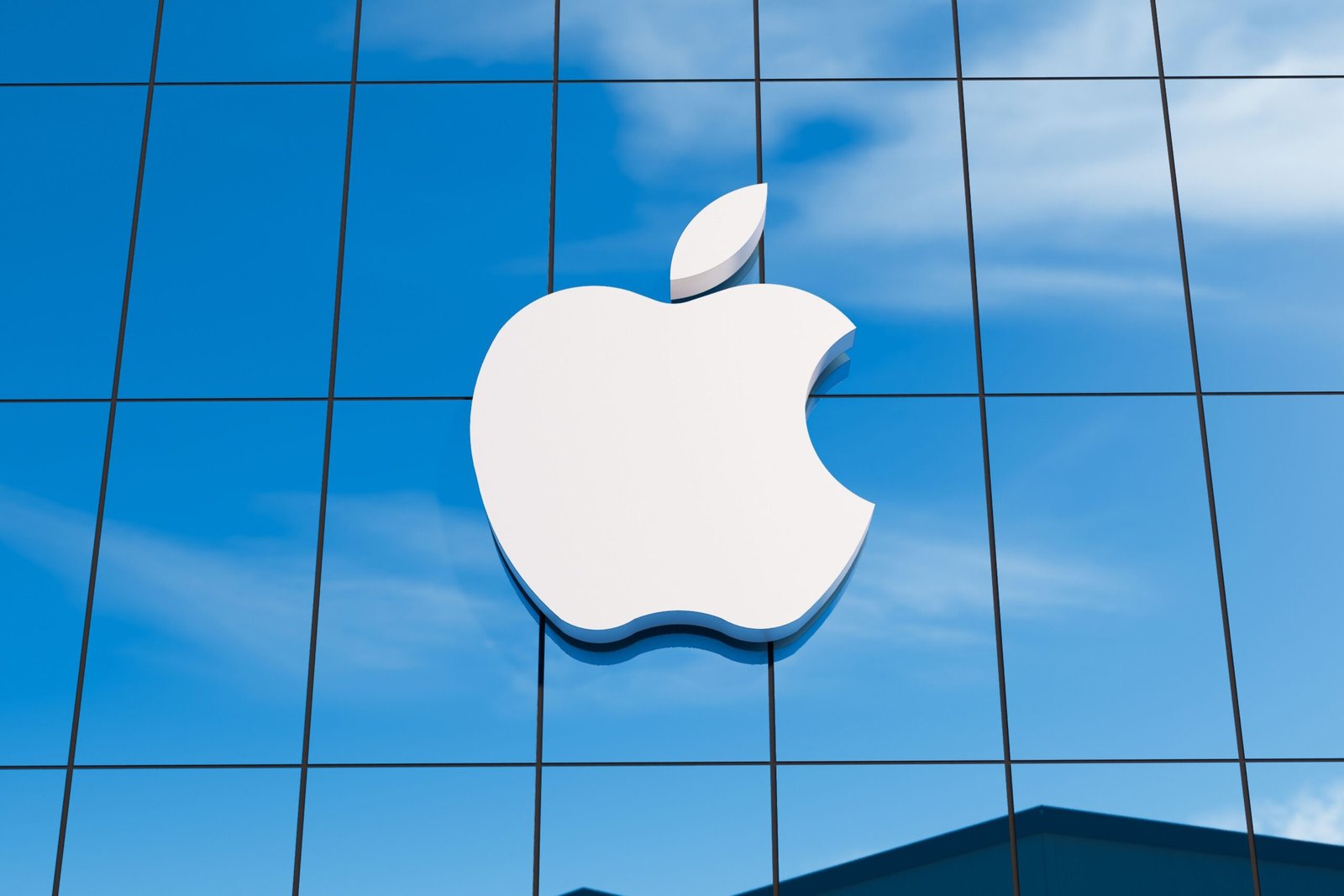Table of Contents
Introduction
Over the last few years of Apple being in India and how it has been facing all the import challenges, Apple has started shifting its manufacturing plans to Indian grounds. With not only apply but many other companies in various sectors started shifting their manufacturing plants within India to save cost, time and have an efficient result in the market.
Apple in the few years started slowly testing out the plan by shifting their assembly in India with a range of iPhones in India, starting with the first-generation iPhone SE in 2017. Since then the production has expanded to include models like the iPhone 12, 13, 14, 15 and even the iPhone 16 lineup, including the Pro and Pro Max models. Apple also plans to start assembling AirPods in India, still sounds absurd right? Having all these models being assembled in India and still receiving little to no complaints but only praise from around the world. Now then why would Apple started shifting its manufacturing into India, if assembly is going so smooth.
Make sure to keep update yourself about apple tech , check out this page
Now the first is Why does Apple seems so Interested in India?
There are two big reasons:
Diversification Away from China

From long back China has always been Apple’s production powerhouse and it still remains to the day. But with the growing geopolitical tensions between India and China, and among many other parts of the world with China, including strict COVID lockdowns in the past and supply chain disruptions. It became a clear sign for apple like many other companies that relying heavily on one country was too risky as a move. During this time India offered a solid alternative for many of the MNCs including Apple with politically stable, cheaper manpower, and more strict import and export regulations, and also the eagerness to become a global manufacturing hub.
India’s Own Potential
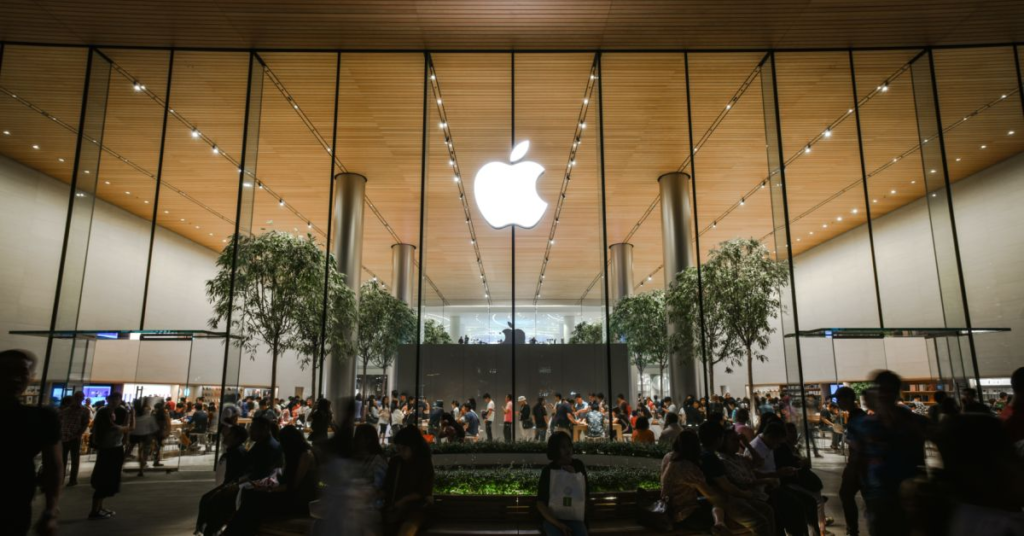
Now everyone knows that India is a growing country, which in comparison with its peers, is growing rapidly becoming one of the hot global topics. Many of the companies have been seeing India as not only a place where their products are being made but they see it as a place becoming their future customers with more and more people increasing their purchasing power. Apple as well sees India as a market where they see future buyers. With a growing middle class and increasing demand for premium smartphones, India is slowly but surely becoming a market Apple wants to dominate.
So shifting their manufacturing hubs here in India seems like t’s a win-win for both the parties. India gets more jobs, investments, and tech exposure. Apple gets a safer, scalable base for its hardware ambitions.
India’s Make-in-India Movement

In the recent years India has been aggressively pushing all the global tech companies with tax incentives, subsidies and its flagship Production Linked Incentive (PLI) scheme, which has made it hard for many companies to continue doing business in India. Apple’s contract manufacturers which is Foxconn, Wistron that has now become a part of Tata and Pegatron have all jumped on board and decided to comply with India’s conditions.
Today, a whopping 14% of the world’s iPhones are made in India ever since 2017 and Apple still plans to grow that number to 25% by 2028. If we talk about it in terms of revenue then Apple’s India production crossed $7 billion in FY 2023, with a target to reach $40 billion in the next five years.
What’s Actually Being Built in India?
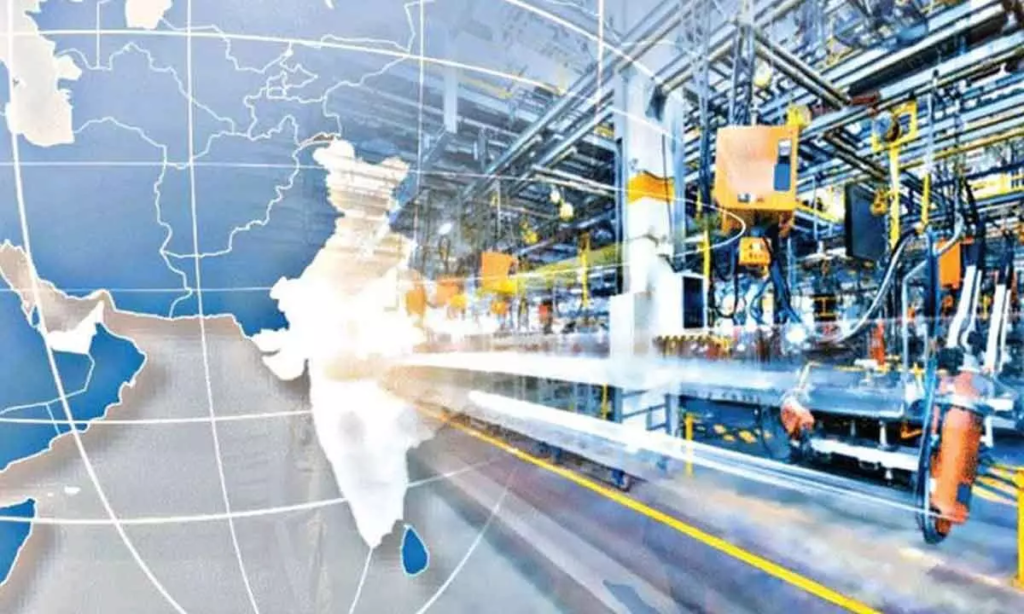
While India has been assembling older iPhone models for a few years, the game changed in the year 2023. Apple took a big risk and began assembling their latest iPhone models which included the iPhone 15 in India at the same time it was being assembled in China. This step can be seen as a historic first and a major signal of confidence of apple in India’s production capabilities looking at the past performance results.
Wanna build PC ? Check out our PC build store here
Key Developments:
Foxconn is building a massive new plant near Bengaluru, Karnataka, aiming to produce 20 million iPhones per year by 2028.
Tata Electronics, after acquiring Wistron’s factory, is planning to open a new facility in Hosur, Tamil Nadu, expected to create 50,000 jobs in two years.
Pegatron is also expanding its assembly lines in India, supported by central and state-level government partnerships.
This isn’t just “outsourcing” anymore but instead we can safely call it as a strategic relocation of one of the most high-stakes production operations in the world.
The Global Question: Will “Made in India” Match “Made in China”?
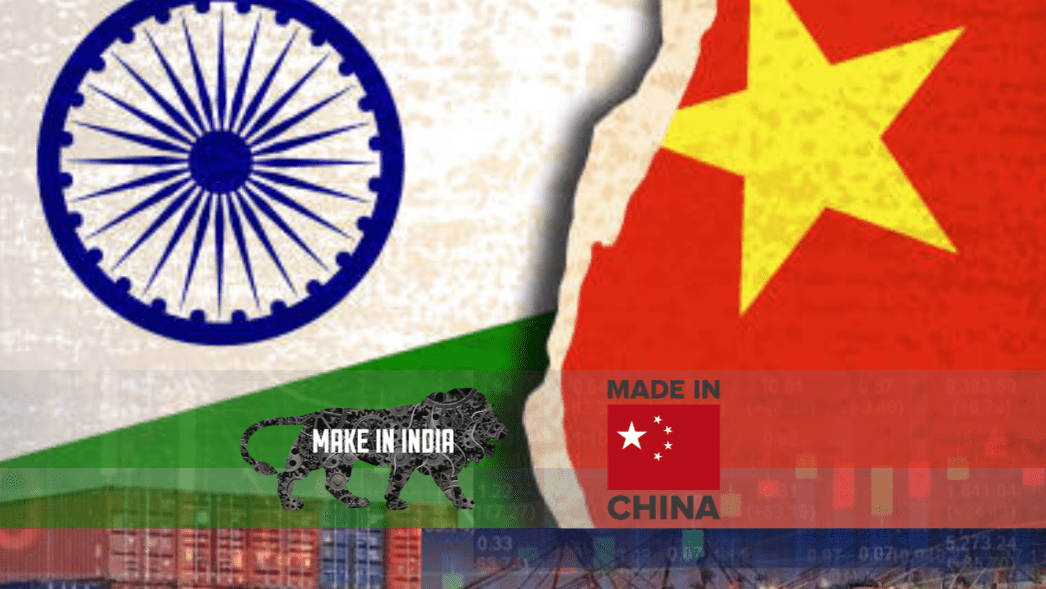
Now this is the main juice or so to say the main question that has been haunting a lot of apple fans is that, the ‘Made in India’ Tag will it be able to reach the same level of quality as ‘Made in China’.
See, Apple has been spending decades to fine-tune its Chinese supply chain to a limit of near perfection. Replicating that level of precision, speed and efficiency in a new country is no small feat and will surely be posing a major challenge for the company.
The Pain Points:
Quality & Yield Rates
As we all know, Apple has extremely high-quality standards. At the Tata’s new facility the yield rates for aluminium iPhone casings reportedly hit as low as 50% that means half of the parts produced didn’t meet the expectations of Apple. Meanwhile In China, those same rates regularly top 95% with ease, because of how well trained and familiarised the staff is with the apple parts.
Labor Standards & Skill Gaps
India indeed has the manpower for the amount of production that Apple requires, but not always the trained labour Apple needs. In 2021, a Foxconn plant in Tamil Nadu faced protests over food safety and poor worker conditions. Apple had to step in with new standards and audits therefore this will be a process that’ll take some time.
Infrastructure & Logistics
We all know the road conditions of India’s roads, the ports and the transport networks are improving but still lag behind by a significant speed. China’s hyper-efficient logistics ecosystem has always been a plus point for the companies to. Even small delays can throw off Apple’s tightly managed global supply chains.
Bureaucracy & Red Tape
While India is rapidly becoming more business-friendly, but the red tape is real. Loads of Complex tax systems, state-level clearances and most important slow regulatory approvals which has been and can make even simple operations really tiresome.
The Long-Term Vision: Can India Deliver?
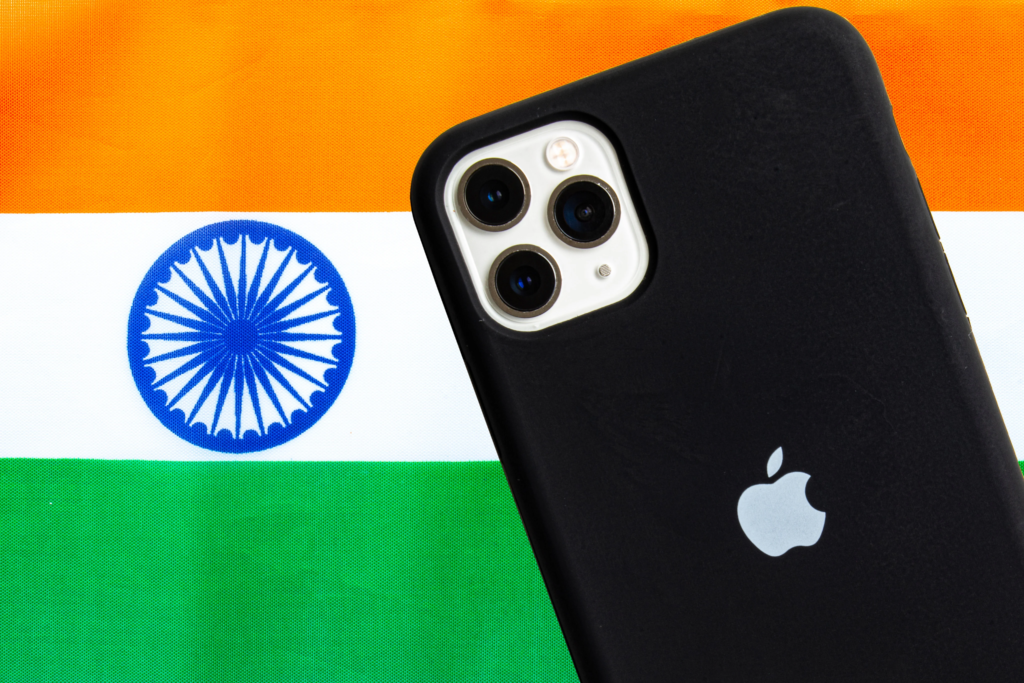
Apple has always been a clever company that focuses on the bigger picture. The Long game is something that it doesn’t really shy away from. India being one of the fastest growing economy, is a major investment for Apple in the future for a loyal customer base.
With time, training and proper infrastructure investment, the production quality gap will likely narrow down to a par of China’s production capabilities. Apple is already helping local suppliers improve their standards and with the construction of every new plant, the ecosystem improves and improves the process of a production from raw materials to logistics to skilled labor.
And the consumer?
Most Apple customers around the world may never notice or care if their iPhone was made in India instead of China. What they do care actually about is whether the product works perfectly, lasts long and feels premium for using. As long as India can meet those expectations, the label shift won’t matter.
If anything, in the global supply chain the tag “Made in India” could soon become a symbol of a more balanced, resilient and future-ready.
Final Thoughts: Designed in California, Made in India
Apple’s shift is more than just a production change it’s a statement.
It shows that the world’s most valuable tech company is betting on India, not just as a market, but as a partner in building its future. And while the path is far from smooth, the momentum is real, the investments are growing and the direction is clear.
So will the world accept “Designed in California. Made in India”?
It already has and it’s just the beginning.
